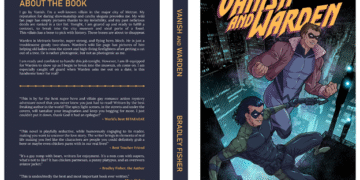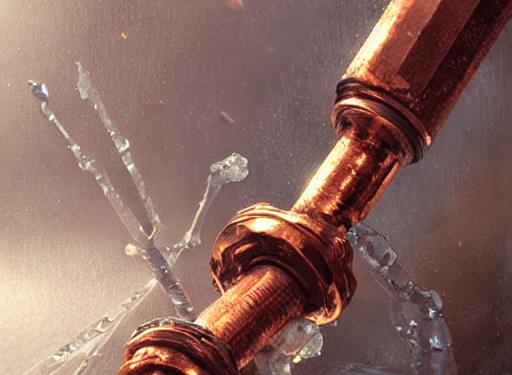As 2022 came to a close here at stokeplumber.com we experienced our busiest weekend of emergency call outs that we can remember since the beast from the east in 2018. As winter sets in for 2023, the UK is preparing for the return of freezing temperatures and potentially hidden plumbing disasters waiting to occur. If you’re a homeowner or landlord in an area that experiences harsh winters, it’s essential you know what sort of worst-case scenarios can arise from frosty conditions – and how to prevent them. After all, with icy weather comes burst pipes, breakdowns of your hot water systems and blocked drains – meaning requests to emergency plumbers soar once temperatures drop! At the same time, trusted local businesses become overrun with customers needing urgent assistance during this time of year. So rather than get caught off guard by any plumbing problems popping up due to winter weather conditions, prepare yourself by taking steps now towards home maintenance excellence before bad times come again
Introduction: Overview of potential plumbing disasters that can arise due to winter weather conditions
Winter weather can bring a host of plumbing disasters along with it. One of the most common winter plumbing problems is frozen pipes. Pipes are vulnerable to freezing when temperatures drop below 0°C, causing the water inside them to expand and possibly burst. This can cause serious damage to your water system and result in flooding and costly repairs.
Another frequent winter plumbing disaster is clogged drains caused by a buildup of snow, ice, and debris. When too much snow accumulates around drainage systems, it can block the flow of water and cause backups that can lead to flooding or pipe bursts. If left unaddressed, this problem can quickly spiral out of control and result in expensive repairs.
In addition to these two common issues, winter weather can also cause structural damage to your home’s foundation due to excess moisture caused by melting snow and ice. This extra moisture can seep into places it shouldn’t be and weaken walls, floors, and other structures within your home over time. This can not only damage your property but increase the chance of getting mold or mildew as well as pests such as termites or rats infesting your space.
Other minor but still important issues include leaking faucets due to frozen pipes or drafts from openings around windows or doors where cold air may enter your home unnoticed. Both of these problems are easy enough to fix but ignoring them for too long could result in more costly damages down the line if necessary precautionary steps aren’t taken early on.
The best way to avoid any costly plumbing problems caused by winter weather is by proactively addressing potential issues before they arise. Make sure all exposed pipes are insulated properly so that they won’t freeze during colder months; check windowsills for drafts and seal any gaps; clear away excess snow accumulation near drains; get a proper foundation inspection done regularly; and check faucets for leaks throughout the year. By taking proactive steps like these you will save yourself both time and money in the long run while avoiding potentially major disasters due to winter weather conditions.
Preparing for Winter Plumbing Challenges: Tips on how to prepare for cold weather conditions, preventing plumbing disasters from occurring
Winter can be particularly hard on plumbing systems, with cold temperatures putting extra stress on both pipes and fixtures. To avoid costly repairs or even disasters due to frozen or burst pipes, it’s important to prepare for winter plumbing challenges before the cold weather arrives. Below are some tips for a smooth and successful transition into winter:
The first step is to inspect all outdoor plumbing fixtures, such as tap bibs, outdoor taps and watering systems. Make sure they are all in good working order and shut them off and drain any remaining water if needed. This prevents freeze-ups that can cause costly damage. Also be sure to inspect any exposed pipes for gaps or cracks where cold air can enter, which can lead to freezing. Caulk these areas to ensure no leaks occur during the winter months.
Next, it’s important to check your insulation levels around any exposed piping both indoors and outdoors. Make sure that there is sufficient insulation in place so that heat won’t escape and cause the pipes to freeze when temperatures drop. If more is needed, purchase a roll of foam pipe insulation from your local hardware store – it’s inexpensive, easy to install and will go a long way towards preventing disaster this winter season!
Finally, make sure that you know where your main water shutoff valve or stopcock is located in case of an emergency plumber situation like a burst pipe or flooding inside the house. Knowing how to turn off the water quickly could save you hundreds of dollars in damages from flooding or frozen pipes bursting!
By taking these few simple steps before the weather turns cold, you can help ensure that your home’s plumbing system remains safe and secure this winter season.




























